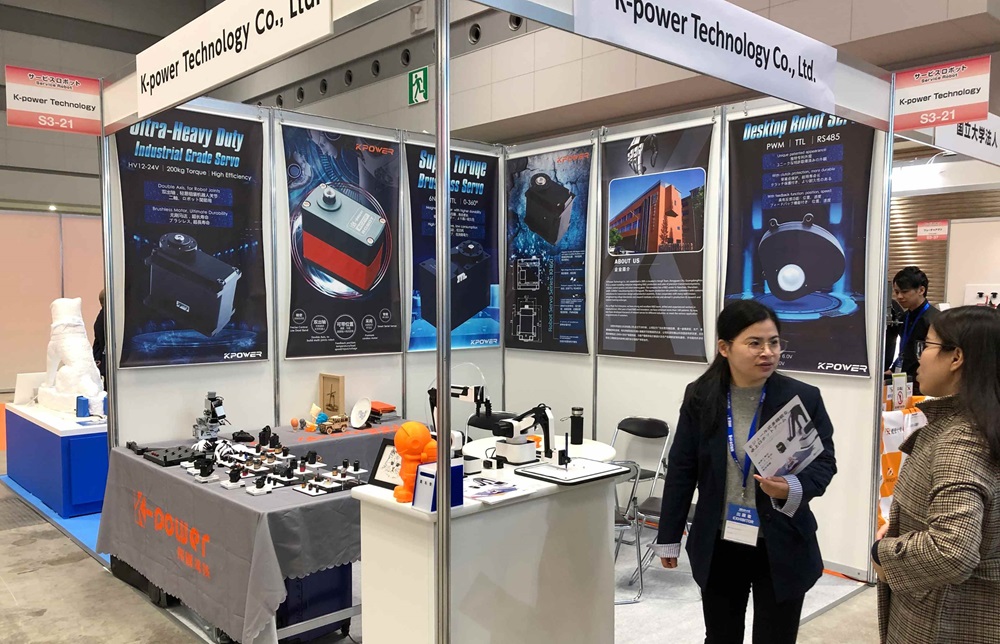When it comes to selecting the right servo motor for your project, one of the most important considerations is the motor's voltage. You might think voltage is just a technical detail, but it plays a pivotal role in ensuring your motor operates smoothly and efficiently. Understanding how voltage impacts the performance of your servo motor is essential for making the right choice and avoiding costly mistakes.

Servo motors, by their very nature, require a specific amount of voltage to function at their best. Too much or too little voltage can cause the motor to behave erratically, overheat, or even fail completely. So, why does voltage matter so much? Well, when a servo motor receives the correct voltage, it operates within its ideal parameters. This means smoother movement, better accuracy, and enhanced longevity.
But let’s break it down a bit more. Imagine you have a project that demands high precision. A motor running at the wrong voltage could introduce errors or delays in its movements, which could jeopardize the whole system. On the flip side, using a motor with a higher voltage than required can cause excessive wear and tear. It's like driving a car at full speed constantly—it’s not sustainable and eventually, something will give.
Now, it’s not always obvious how to figure out what voltage your servo motor needs. The voltage requirement will typically depend on the type of application you're working with. For example, a simple robotic arm might require a lower voltage compared to a larger industrial machine that needs a more powerful motor to handle heavy loads. Matching the voltage to your specific needs can make all the difference in terms of performance and efficiency.
What’s even more critical is the voltage stability. Fluctuating or unstable voltage can cause servo motors to malfunction. Have you ever noticed that sometimes motors seem to jerk or hesitate during operation? That could be a sign of voltage instability. To avoid this, it’s essential to use a steady and reliable power supply, ensuring that the motor gets exactly what it needs to perform.
Let’s also talk about why you might choose a specific voltage range for different environments. For instance, motors that operate in environments with fluctuating power might benefit from a wider voltage range. On the other hand, motors used in more controlled environments may perform optimally with a stricter, more specific voltage requirement. Flexibility here can be crucial depending on where your system will be deployed.
It’s easy to get caught up in the technical side of things, but at the end of the day, it’s all about finding the right balance. Servo motors, when paired with the right voltage, create an efficient, reliable system that doesn’t waste energy or time. And who doesn’t want that?
Established in 2005, Kpower has been dedicated to a professional compact motion unit manufacturer, headquartered in Dongguan, Guangdong Province, China. Leveraging innovations in modular drive technology, Kpower integrates high-performance motors, precision reducers, and multi-protocol control systems to provide efficient and customized smart drive system solutions. Kpower has delivered professional drive system solutions to over 500 enterprise clients globally with products covering various fields such as Smart Home Systems, Automatic Electronics, Robotics, Precision Agriculture, Drones, and Industrial Automation.




































